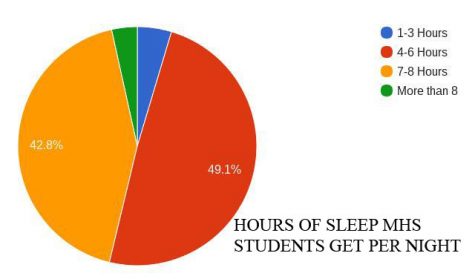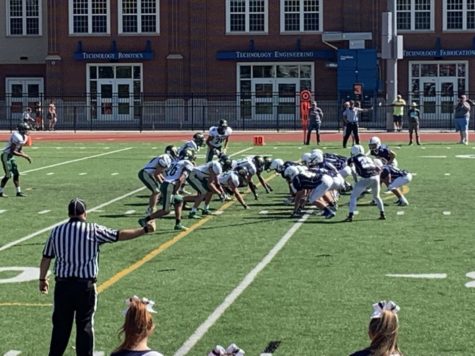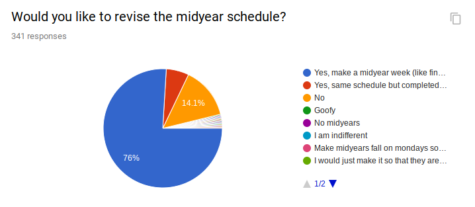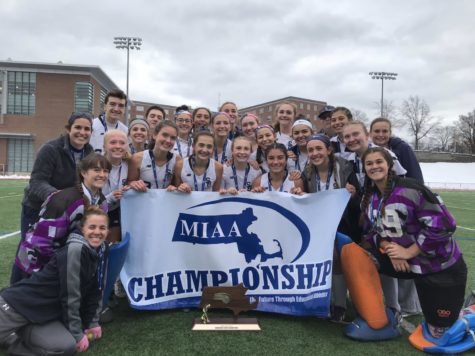President Trump’s Executive Order
February 6, 2017
Several days after a federal judge in Washington state issued a temporary motion to halt President Trump’s ban on immigration from 7 mainly Islamic Middle-Eastern countries, a US appeals court has also ruled that the ban should be temporarily halted. These two decisions have come following the signing of an executive order by President Trump during his first week in office, which halted immigration from 7 Middle-Eastern and African countries for 90 days. Although presidents have used this type of power in the past to restrict immigration briefly from individual countries, such as Iran in the 1970s, it has very rarely been used in such a broad manner. The President, along with his staff and advisers, defended the order by stating it was meant to protect national security by barring terrorists who may try to enter the country with refugees, and that it gives the US more time to establish a better refugee program. Critics however have disagreed, saying the order was unconstitutional, and establishes a religious test for entering the United States, which is prohibited by the First Amendment.
After several state governments sued the President and his administration, a federal judge in Seattle blocked the order from going into effect nationwide; a broad use of powers as the decision applies to areas outside of the judge’s jurisdiction. However, this power is sometimes utilized by judges. The Trump administration quickly issued an appeal to a different set of judges, the 9th Circuit Court of Appeals, which is based out of California and has a jurisdiction over many western US states. However, two of these judges also declined to immediately reinstate Trump’s travel ban. The result of these decisions is that this case will likely move to the Supreme Court in the coming weeks or months. This ordinary process of judicial decision-making is complicated by the current 4-4 ideological split on the court between conservative and liberal justices. This split is made possible by the death of the 9th court justice, Antonin Scalia, which occurred last February. While President Obama nominated Judge Merrick Garland for the position, the Senate blocked all nomination hearings until this year.
Depending on the timing of Senate confirmation hearings, and assuming he is confirmed, President Trump’s choice to fill the Supreme Court vacancy- conservative judge Neil Gorsuch of Colorado- may help decide the fate of the ban, likely by ruling in favor of the Trump administration. However, a split 4-4 decision that occurs before his confirmation would mean that the 2 lower court rulings opposing the ban would most likely remain in effect indefinitely, leaving the fate of this and other key campaign promises of Donald Trump in jeopardy, along with setting a precedent for future court decisions on the President’s power to restrict immigration.









